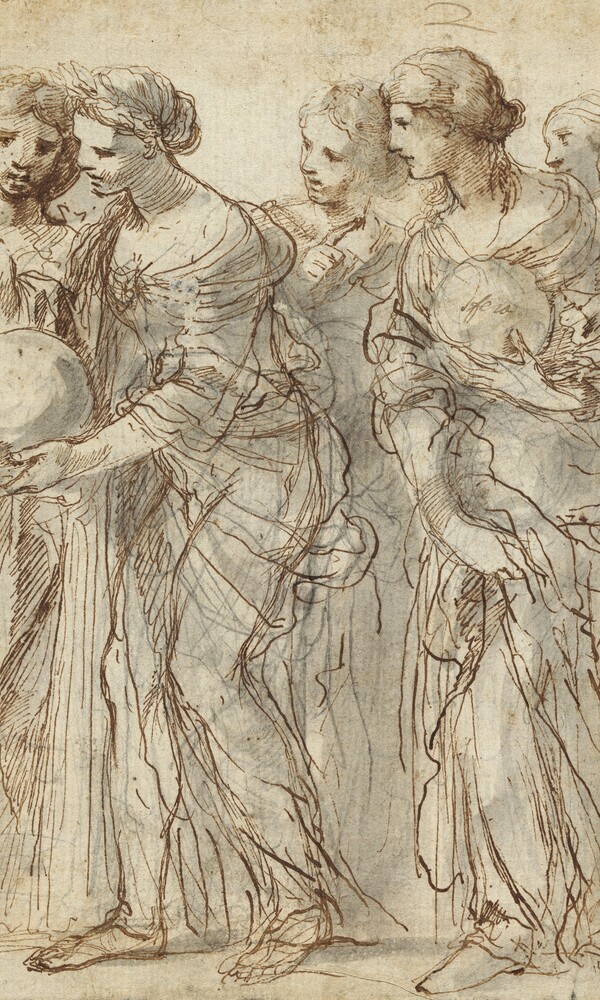Stefano della Bella (1610–1664) is considered to have been one of the most important Italian artists of the 17th century. He produced an extensive oeuvre of more than 1000 etchings and over 3000 drawings, but while his prolific graphic output has been presented on several occasions over the last decades, this is the first comprehensive exhibition worldwide dedicated to his superb draughtsmanship. The presentation of around 100 drawings and some 20 prints, which has been organised in close collaboration with the Uffizi Gallery in Florence, testifies to the outstanding quality and range of Stefano della Bello's art. He was mainly active in Florence, Rome and Paris, and his practice is characterised by great diversity in terms of subject matter. His ability to capture everyday life in all its different facets set him apart from most of his contemporaries. Della Bella's studies show him to be an attentive chronicler and astute observer of his surroundings. His oeuvre contains numerous depictions of noblemen, soldiers, farmers, herdsmen and labourers, as well as images of mothers with their children; other favourite subjects were animals and ships, and he also documented cavalcades, cityscapes and ancient monuments. A number of hauntingly beautiful images on the theme of death and some highly imaginative ornamental and costume designs round off his oeuvre. Much of the fascination of Stefano della Bello's art derives from his unmistakeable and extremely skilled drawing style. The lenders to the exhibition include the Uffizi Gallery, the Louvre, the British Museum, the Royal Collection Trust, the Kupferstichkabinett in Berlin, the Istituto Nazionale per la Grafica and the Städel Museum.
